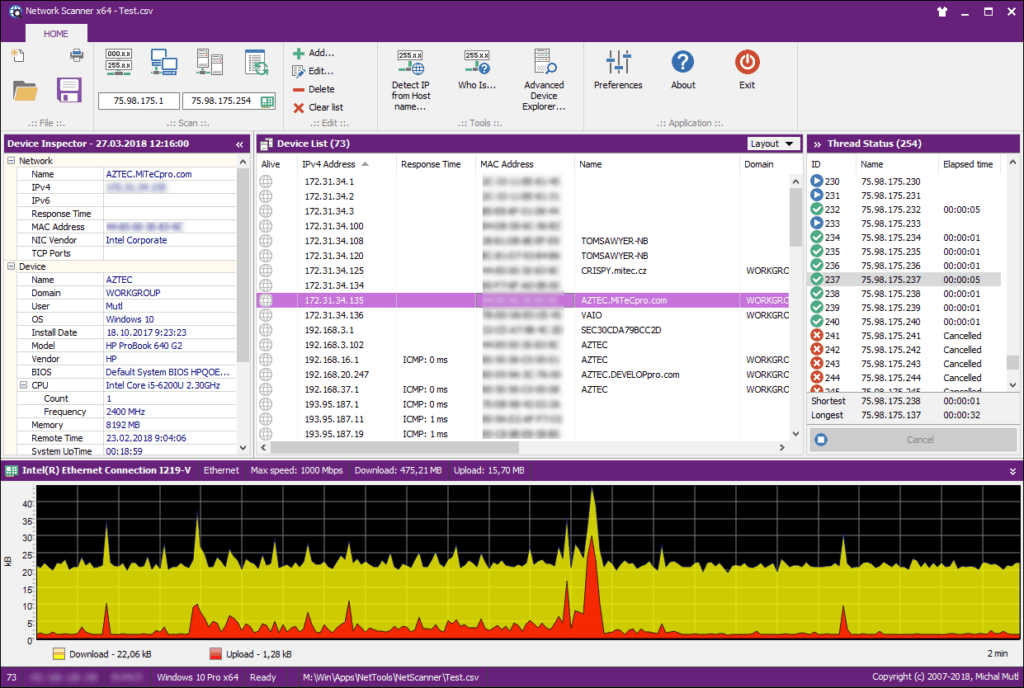

This is UTBackup, which should update automatically. Your scan will probably find vulnerable files in a directory called 'CrashPlan' or 'Code42'.

What to do if the scan finds vulnerable log4j files
#Log4j network scanner install
If you don't have java installed already, you will need to download and install it from. Java -jar logpresso-log4j2-scan-2.7.1.jar /Ĭhange the version number if the file you downloaded is more recent than this example. Download the "Any OS" version of the log4j scanner from.If you are unable to follow the above instructions to run the native MacOS version you can also use the Java version of the app. When you receive a new warning you will now have the option to click "Open" and run the application.Then go back back to the terminal window and rerun "log4j2-scan /".Then go to System Preferences > Security & Privacy > General and click the "Allow Anyway" button next to the message stating that log4j2-scan as blocked.You will receive a message that application cannot be safely run, and you will be given the option to move it to the trash or cancel.Open a terminal windows, change to the directory where you downloaded and extracted the log4j scanner, and run the following command:.Download the "Mac OS" version of the log4j2 scanner from.
#Log4j network scanner mac os
There is a native Mac OS version of the scanner, but it will require you to modify the security settings on your Mac to run it. Among other things, these will create the following CSV report that can be reviewed by the end user: C:\Temp\log4j.csvįor Macintosh Computers Native Mac OS Version.For clients on campus that cannot reach the Internet run this instead: MSB - LOG4J Scanner - SCCM Share.In MEMCM, run the following script against a client or client collection: MSB - LOG4J Scanner - Web Download.


 0 kommentar(er)
0 kommentar(er)
